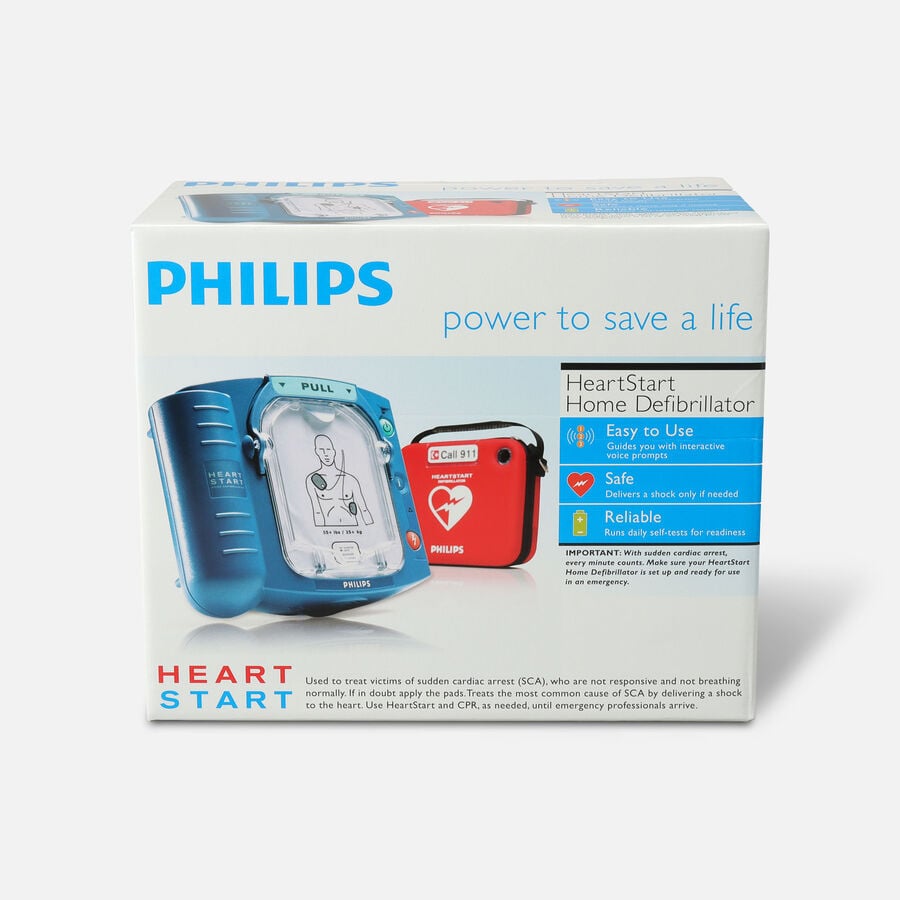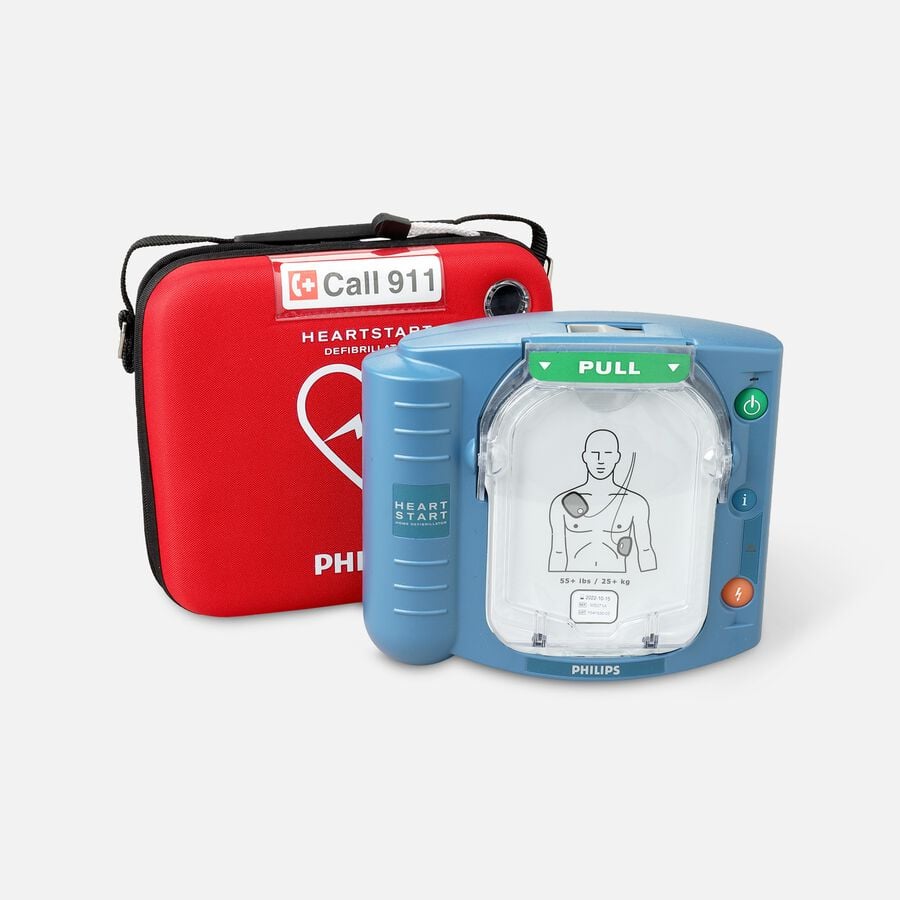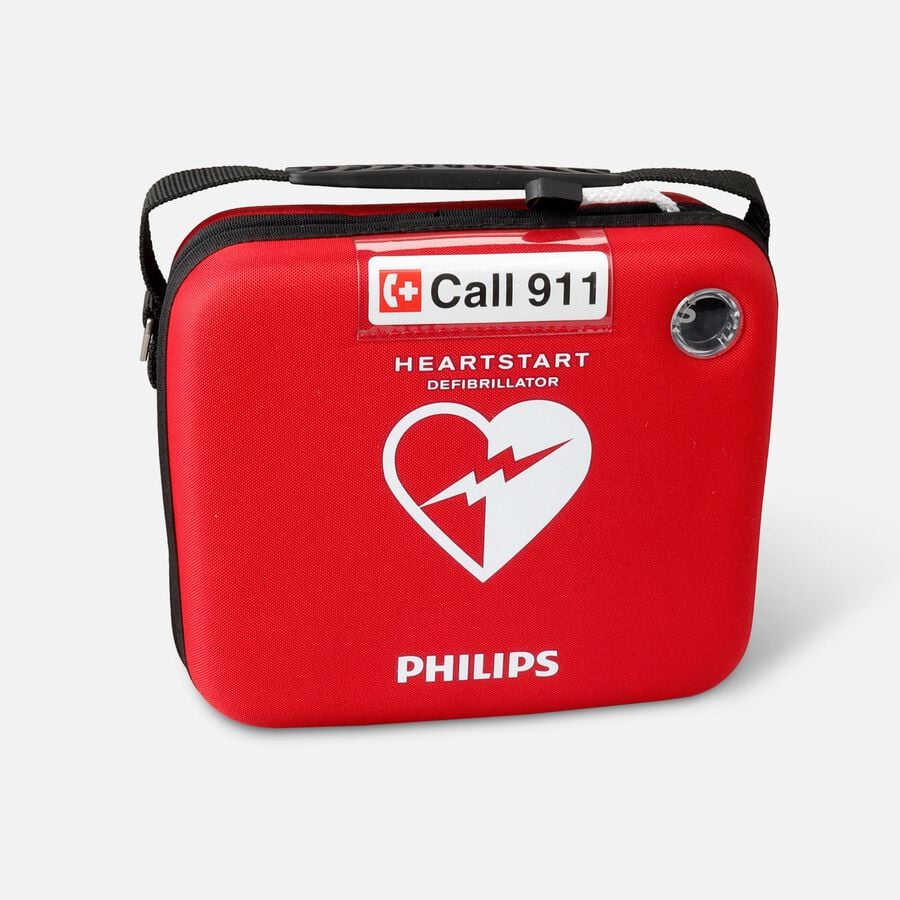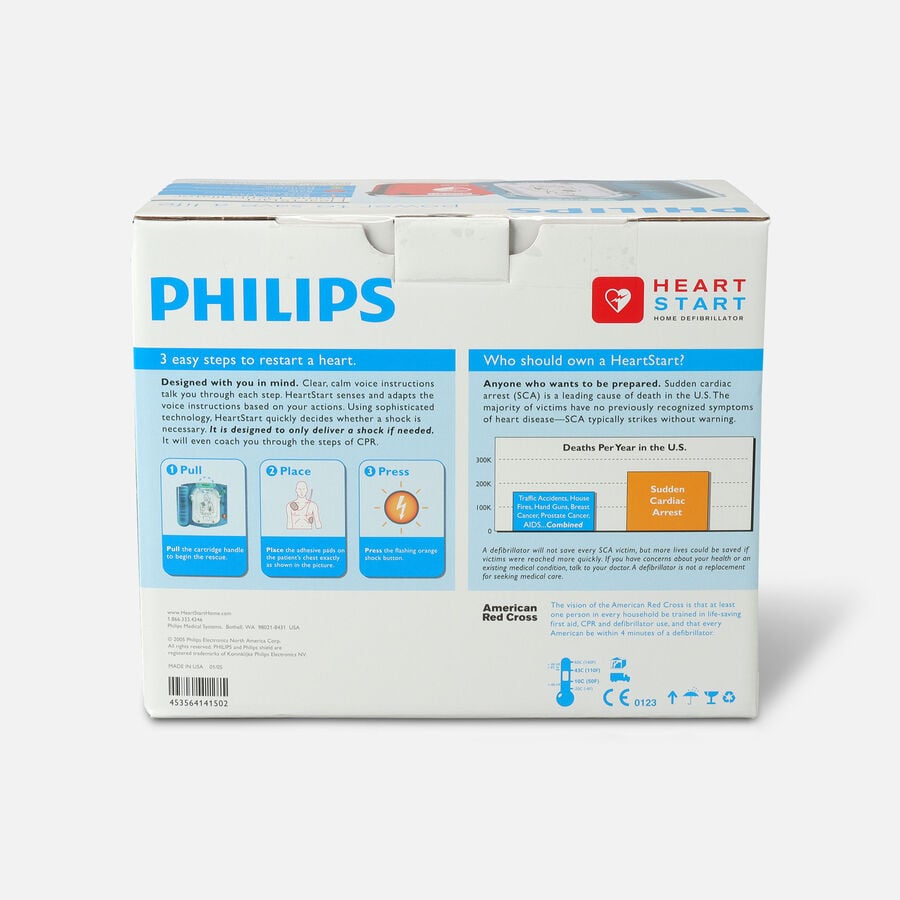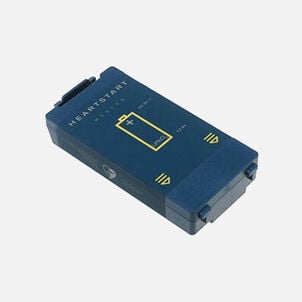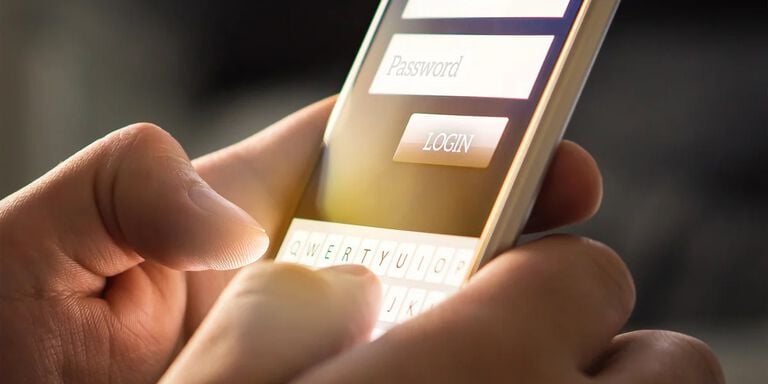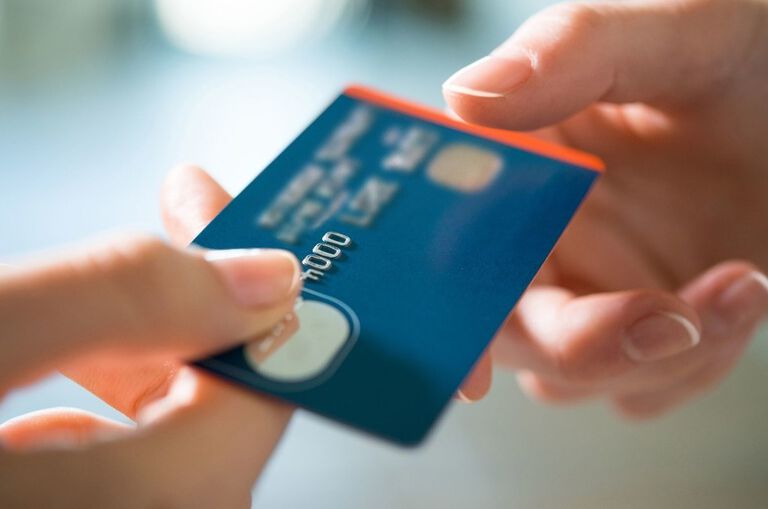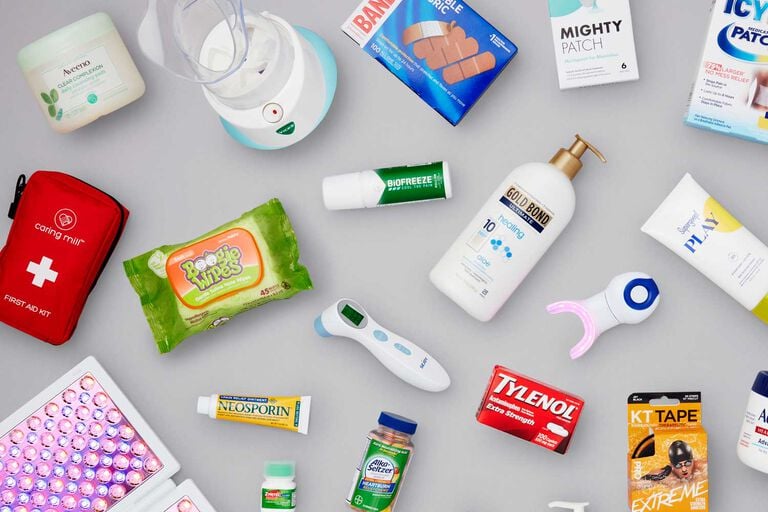Philips HeartStart Home Defibrillator (AED)
Philips HeartStart Home Defibrillator (AED)
-
In Stock
For those who need a home AED, the Philips HeartStart Home Defibrillator provides a user-friendly, easy-to-use design that can help family members respond quickly in emergencies and provide optimal care during cardiac events. The HeartStar Defibrillator is a true AED for home use. Take your health to the next level with guaranteed FSA eligible Home Health Care products.
Features:
- Life Guidance: step-by-step voice instructions (including CPR coaching)
- Pre-shock monitoring system: Automatically determines if shocks are needed
The HeartStart Home Defibrillator can be used with patients of any age, including infants and children.
This home AED comes equipped with Integrated SMART pads. When placed on the victim's bare skin, these pads sense and adapt the defibrillator's instructions to the user’s actions. With patented Quick Shock, the HeartStart Defibrillator is among the fastest in its class at delivering shock treatments after CPR.
This item also comes with a thin carry case, which is different from the Philips Deluxe Carry Case.
A signature is required at the time of delivery.
Infant/child pads are sold separately and require a doctor's prescription.
This item is FDA Approved. No prescription is required.
This item is non-returnable.
The HeartStart Defibrillator is designed to be used only with Philips-approved accessories. It may perform improperly if non-approved accessories are used. (See owner's manual for more information.)
If the HeartStart is used to give a shock in the presence of flammable gases such as in an oxygen tent, there is a risk of explosion. (However, it is safe to use the HeartStart on someone wearing an oxygen mask.)
The HeartStart M5070A battery is not rechargeable. Do not try to recharge, open, crush, or burn the battery, or it may explode or catch fire.
Fluids: Do not let fluids get into the HeartStart. Avoid spilling any fluids on the HeartStart, or its accessories. Spilling fluids into the HeartStart may damage it or cause a fire or shock hazard. Do not sterilize the HeartStart or its accessories.
Using damaged or expired equipment or accessories may cause the HeartStart Defibrillator to perform improperly and/or injure the victim or the user.
Performing CPR, or otherwise handling or moving the patient while the HeartStart is analyzing heart rhythm, can cause an incorrect or delayed analysis. If the HeartStart tells you a shock is advised while you are handling or moving the patient, stop the vehicle or CPR and keep the patient as still as possible for at least 15 seconds. This will give the HeartStart time to reconfirm the analysis before signaling to press the Shock button.
Cell phones: The HeartStart can work correctly when it is fairly close to equipment like emergency two-way radios and cell phones. Normally, using a cell phone near the patient should not cause a problem for the HeartStart. However, it is best to keep such equipment only as close as necessary to the patient and the HeartStart.
The HeartStart was designed to be sturdy and reliable for many different use conditions. However, handling the HeartStart too roughly can damage it or its accessories and will invalidate the warranty. Check the HeartStart and accessories regularly for damage, according to directions.
Improper maintenance may damage the HeartStart or cause it to function improperly. Maintain the HeartStart, according to directions.
Do not let the pads touch each other or other electrodes, lead wires, dressings, medical patches, etc. Such contact can cause electrical arcing and skin burns during a shock and may also divert the electrical current away from the patient’s heart. During a shock, air pockets between the skin and pads can cause skin burns. To help prevent air pockets, make sure pads stick well to the skin. Do not use dried-out pads because they will not provide good contact with the skin.
For more warning information, see the owner’s manual.






